Title
IKKOANPosted in
Food Design / Gastronomy, BookEditor
Ryusuke NankiFormat
Hard cover, 199 pagesDetails
Language: Japanese, French, English. Limited publication of 1,000 copies
(book cases are limited to built-to-order).
| Detailed Information | |||||
|---|---|---|---|---|---|
| Title | IKKOAN | Posted in | Food Design / Gastronomy, Book | Editor | Ryusuke Nanki |
| Format | Hard cover, 199 pages | Details | Language: Japanese, French, English. Limited publication of 1,000 copies | ||
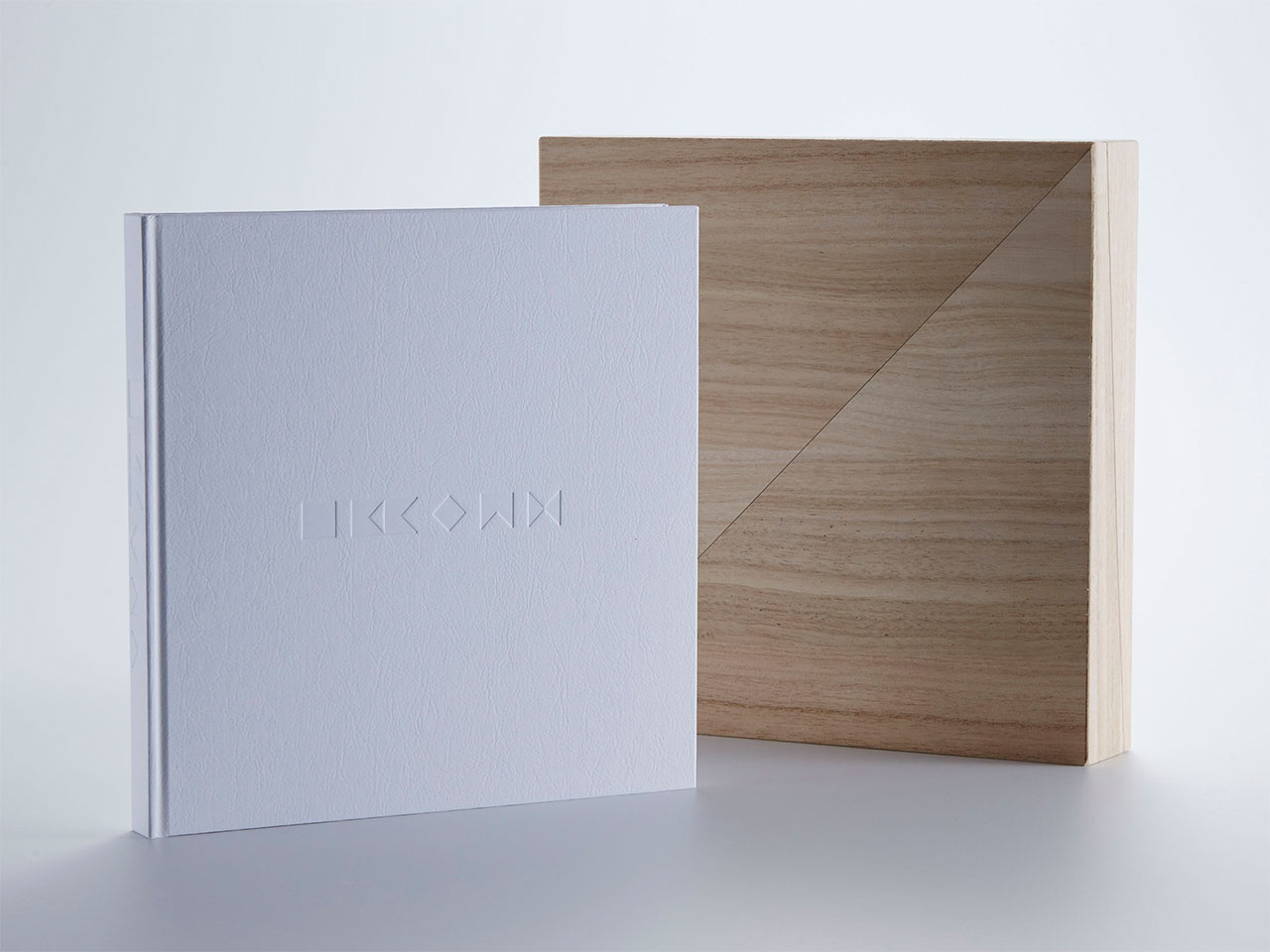
Cover and box of IKKOAN book.
Creative Director, Editor: Ryusuke Nanki.
Art Director: Kazunori Kawagoshi. Photographer: Makoto Horiuchi.
Design: Hiromi Irisawa.

Photo by Makoto Horiuchi.
In the book, Mr. Mizukami likens wagashi to a samurai whose purpose for existence is his willingness to die for his master; likewise, wagashi’s purpose is in giving up its delicious flavour for the sake of the tea. Creating these tiny cakes isn’t a simple task. As Mr. Mizukami shared: “It is my life’s work. The more I learn, the more I realize how complicated it is!” Illustrating the elaborateness of wagashi tradition, there are no less than 72 types of wagashi featured in the book; this is in keeping with the seasonal-oriented inspiration whereby each of the wagashi here refers to one of the 72 pentads, or seasons, which the year is divided into according to ancient Japanese culture.
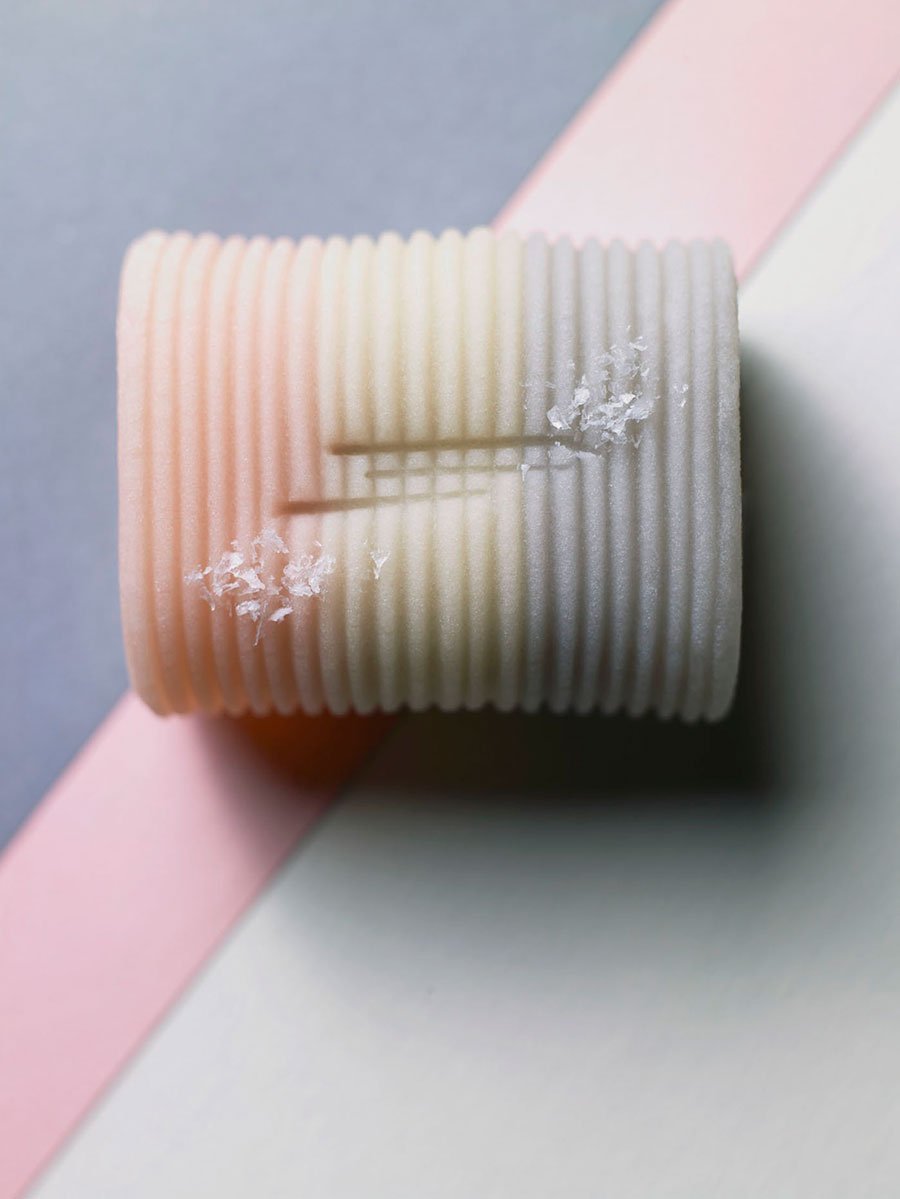
Photo by Makoto Horiuchi.
IKKOAN is filled with subtle details, such as its paper which was painstakingly selected from among hundreds of options for its similarities to the smooth, ephemeral texture of wagashi dough. Meanwhile, the serene, architectural feel of the photos was purposefully orchestrated by photographer, Makoto Horiuchi, art director, Kazunori Kawagoshi, and production director, Yuta Sato, in order to bring to mind the tranquil Japanese gardens which inspire the creation of wagashi as miniature landscapes. The book even comes encased in a box crafted out of paulownia wood, the same wood used for traditional wagashi gift boxes and is designed to separate into geometric parts inspired by the embossed logo on the book’s cover.

Photo by Makoto Horiuchi.
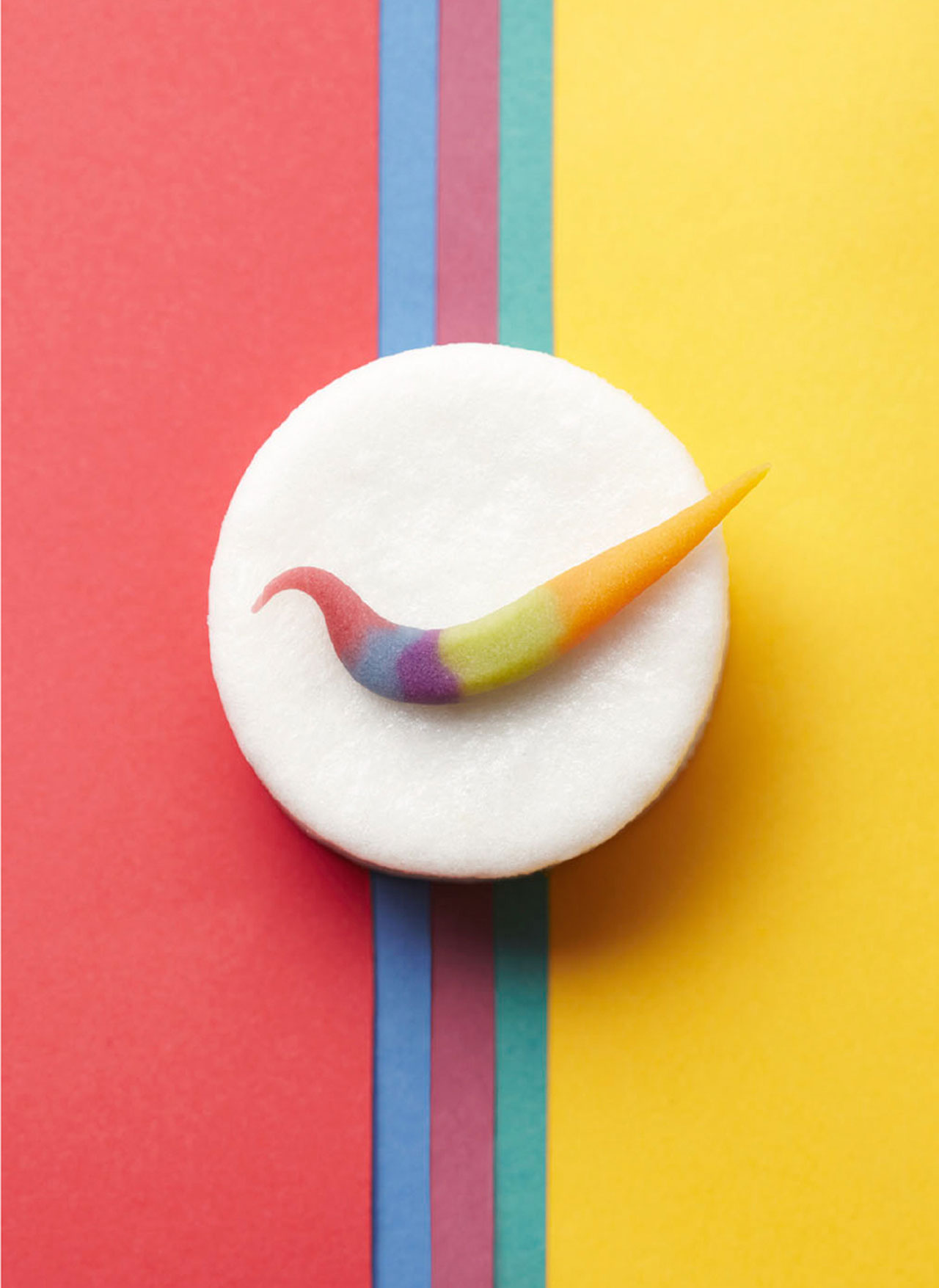
Photo by Makoto Horiuchi.
Inside, each wagashi’s caption starts out by sharing the intoxicating stories of the wagashi’s natural inspiration before moving on to describe the elements each wagashi is physically made from and what they stand for. In short, it highlights that these miniature consumable artworks are storytelling for the senses that gradually reveal themselves.
“I hope the book communicates the experience and presents the art of wagashi to those who have never heard about it,” Mr. Mizukami shared with us. “And that by reading this book, people will be introduced to the subtleties of the Japanese mind as well as to the country’s delicate culture which is based on the appreciation of all seasons.”
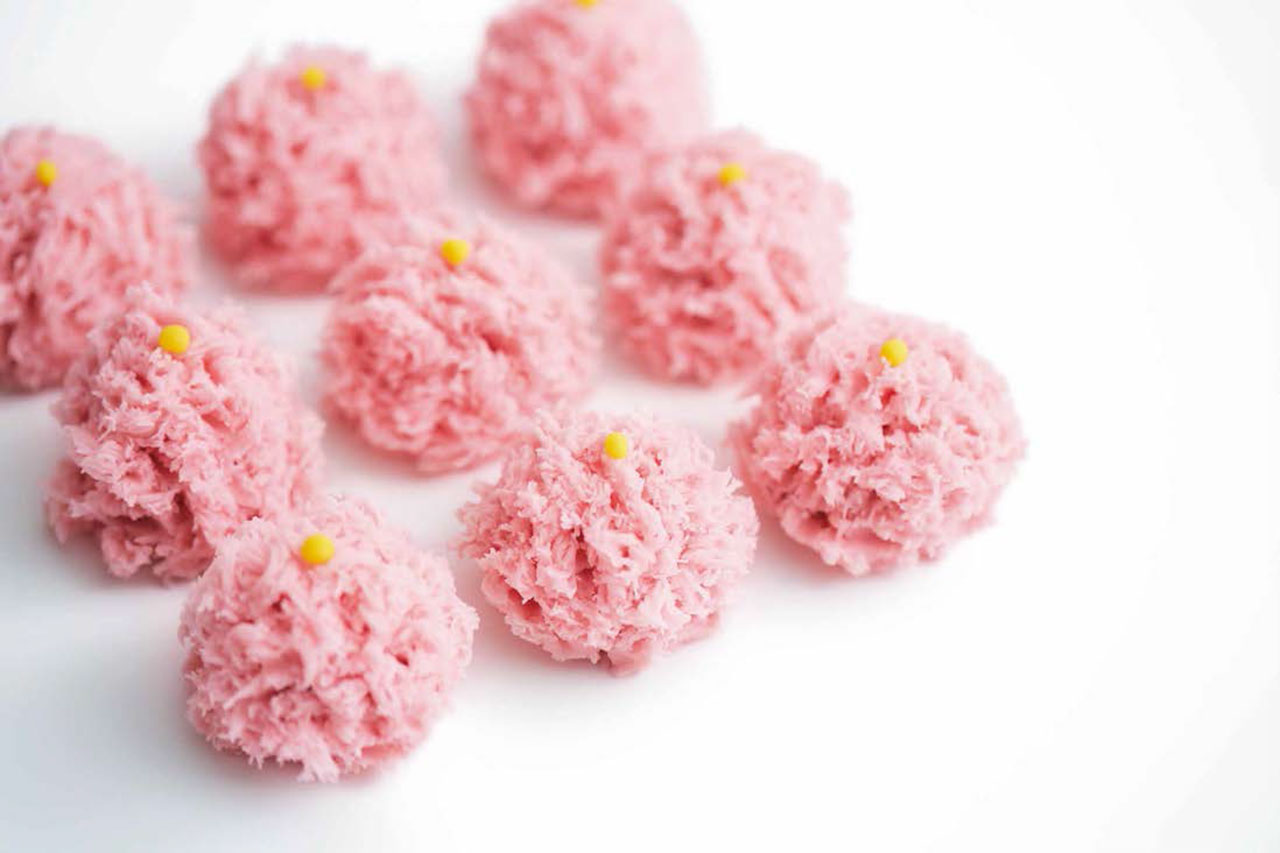
Photo by Makoto Horiuchi.
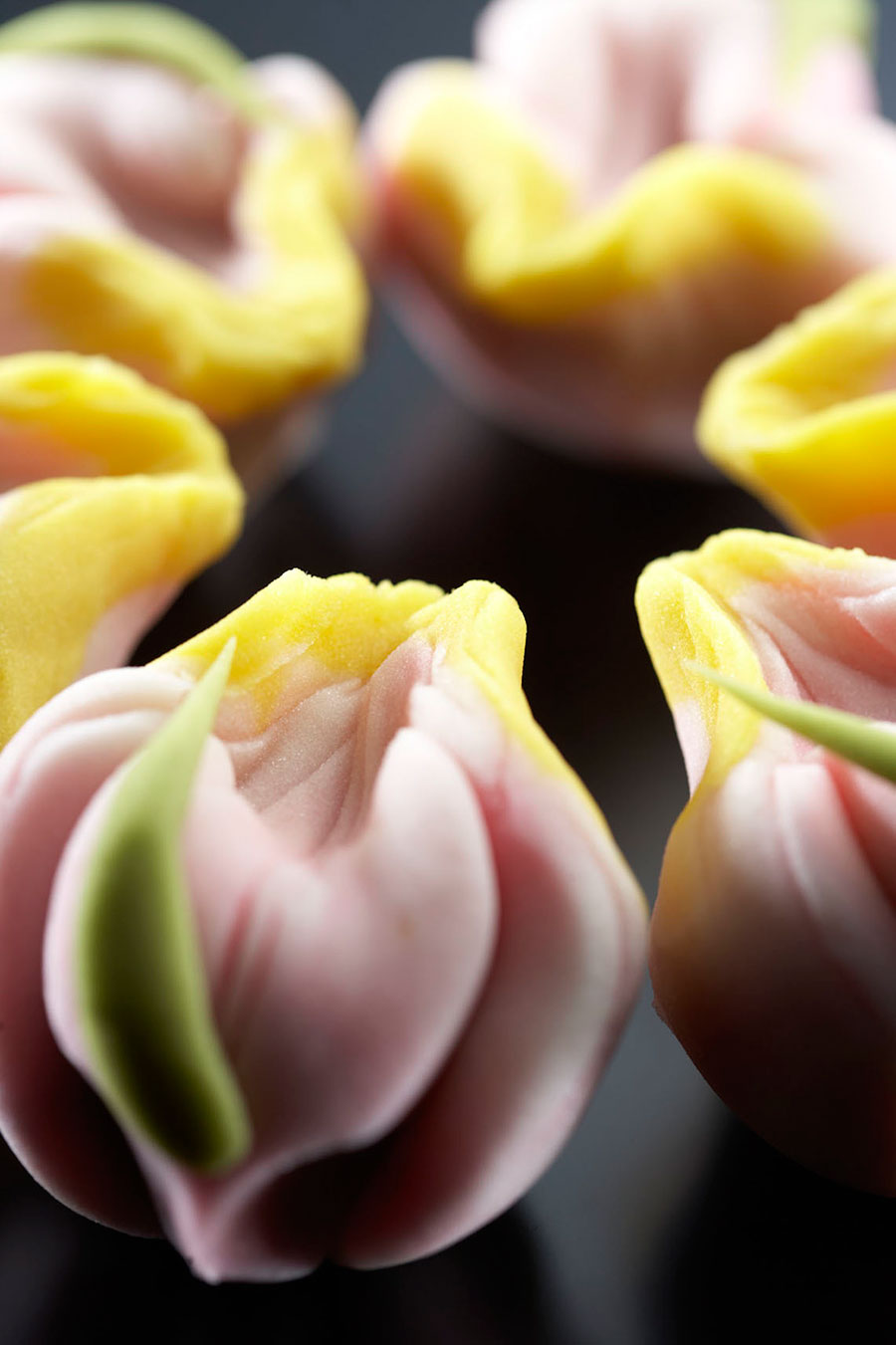
Photo by Makoto Horiuchi.
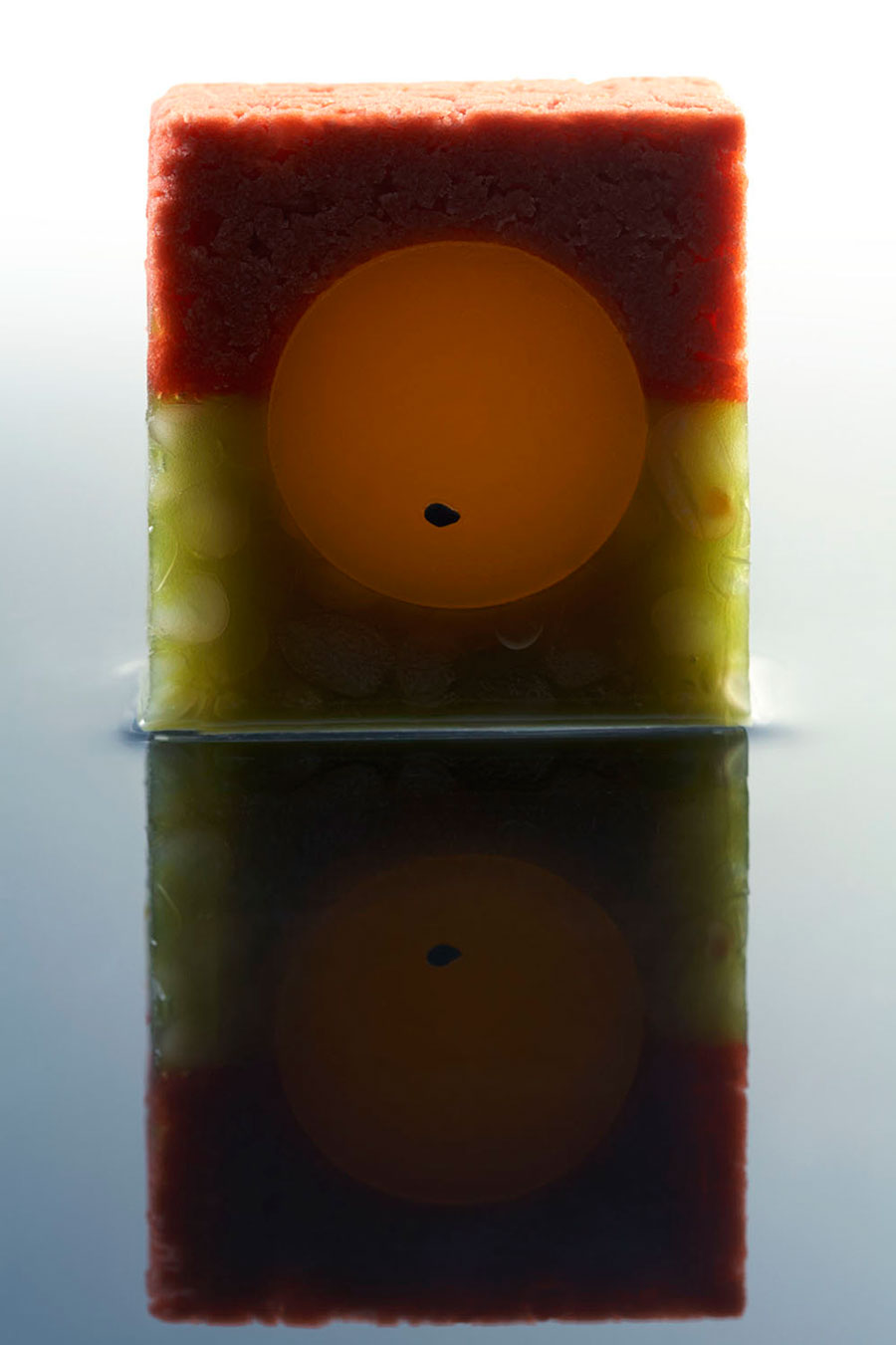
Photo by Makoto Horiuchi.

Spread from IKKOAN book.
Creative Director, Editor: Ryusuke Nanki.
Art Director: Kazunori Kawagoshi.
Photographer: Makoto Horiuchi
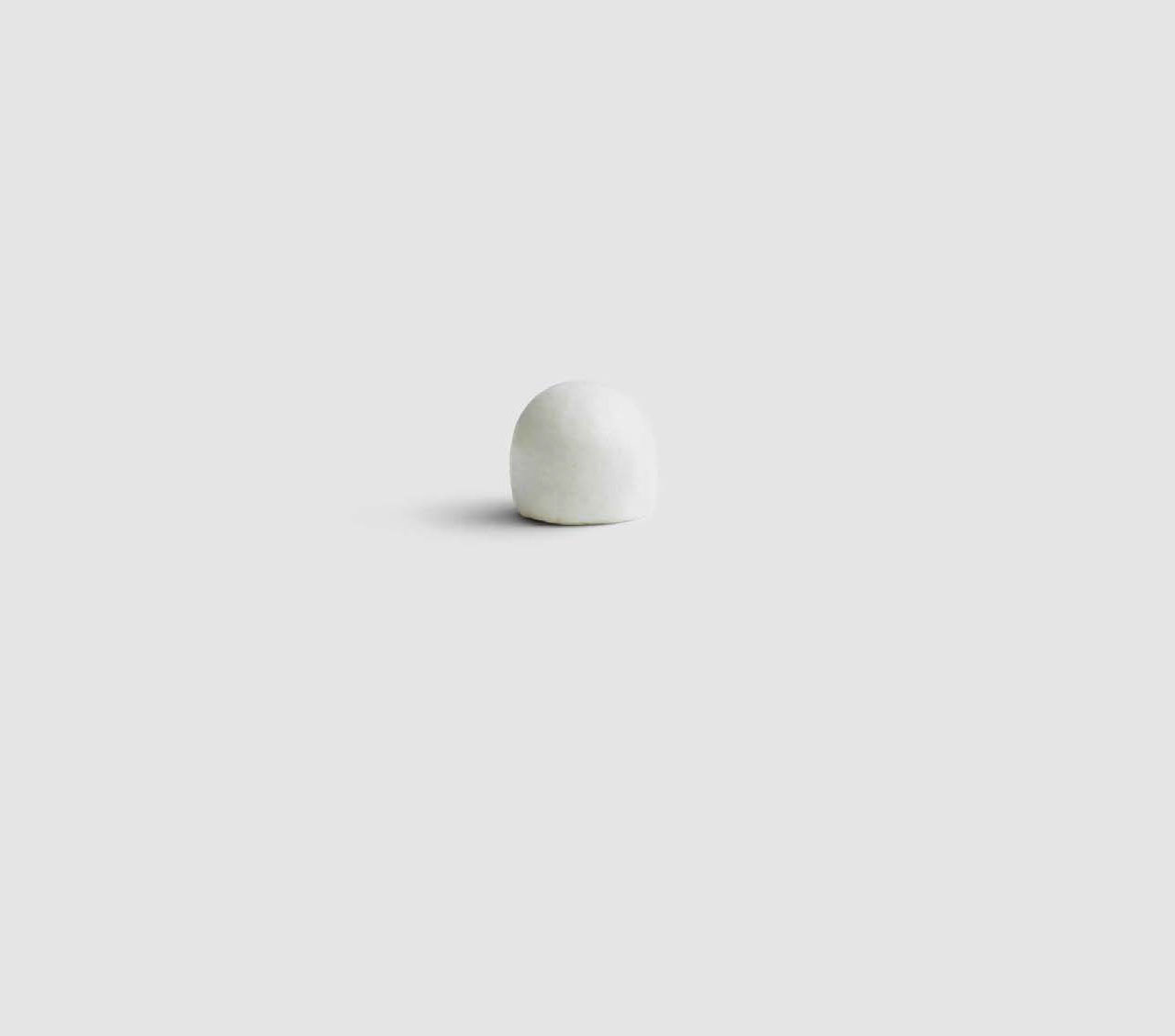
Photo by Makoto Horiuchi.














